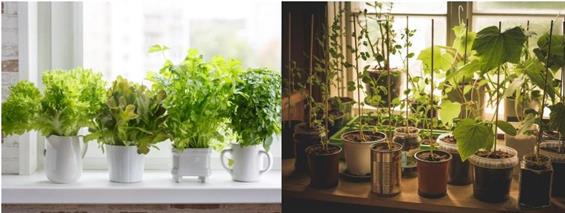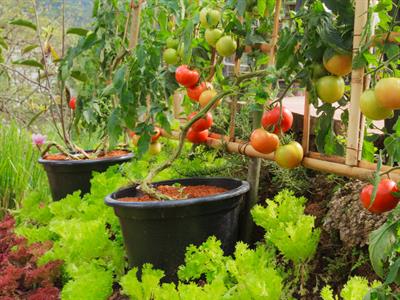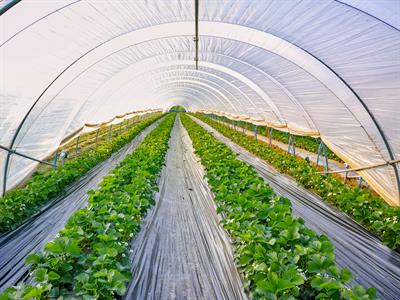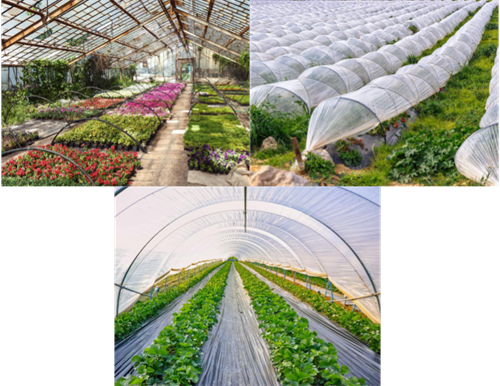
PUMPA - SMART LEARNING
எங்கள் ஆசிரியர்களுடன் 1-ஆன்-1 ஆலோசனை நேரத்தைப் பெறுங்கள். டாப்பர் ஆவதற்கு நாங்கள் பயிற்சி அளிப்போம்
Book Free Demo2. Olericulture or vegetable farming:
The science of growing vegetables is known as olericulture.
Vegetable farming can be classified as,
- Kitchen or Nutrition gardening
- Commercial gardening
- Vegetable forcing
Kitchen gardening:
The cultivation of vegetables on a small scale at the houses is known as kitchen gardening.

Kitchen garden
Example:
Beans, cabbage, lady's finger, tomato, brinjal, carrot, spinach, radish, etc.
Commercial gardening:
The production of vegetables in large scale so that it can be sold in the markets is known as commercial gardening. It is also known as truck farming.

Commercial garden
Vegetable forcing:
The method of cultivating vegetables in buildings, greenhouses, cold farms or under other artificial growing conditions is known as vegetable forcing. This method of vegetable farming is the most intensive type. This method is not suitable in India due to the high price ranges.
Example:
Cabbage, tomato, brinjal, cucumber, peas, asparagus etc.,

Vegetable forcing
What is a greenhouse?
A greenhouse or poly house is a framed structure covered with transparent material for the cultivation of crops under partially or fully controlled environmental conditions so that optimum growth and productivity is obtained. In the various sectors of agriculture, the greenhouse is the fastest growing sector worldwide.
Advantages of greenhouse:
- Through greenhouses, disease-free plants can be produced continuously.
- In this method, the requirement for water is very less.
- When compared to outdoor cultivation, yield is very high in this method.
- In this method, the use of pesticides is very limited.
- Greenhouses protect the plants from uncertain weather.

Greenhouse gardening